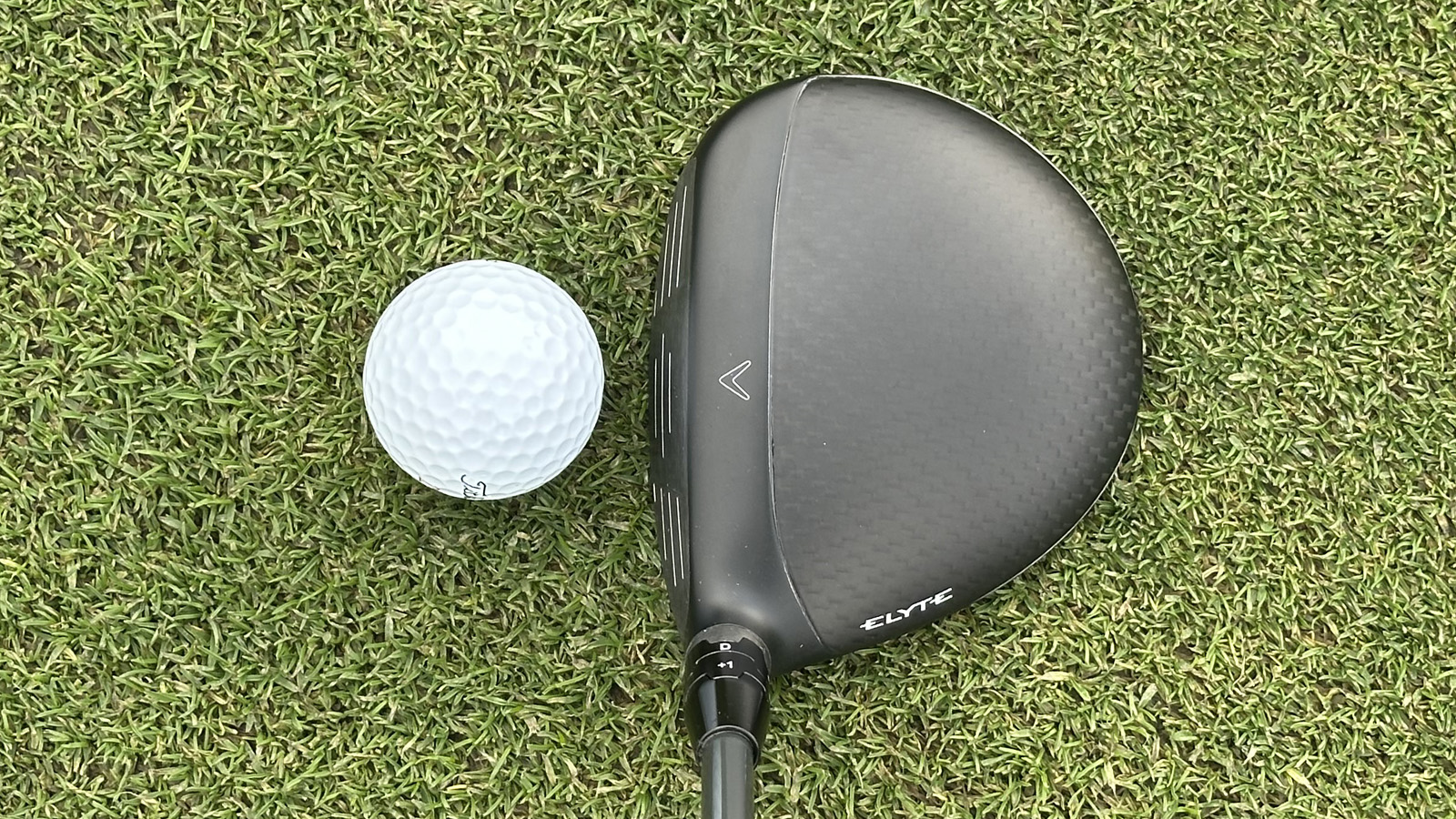
Striking fairway woods well, particularly from the ground, is one of the more challenging skills in golf, so I wanted to see how the Callaway Elyte X fairway wood - the most user-friendly fairway wood in the new Callaway Elyte range - would hold up through some vigorous testing and whether or not it could truly be considered one of the most forgiving fairway woods in 2025.
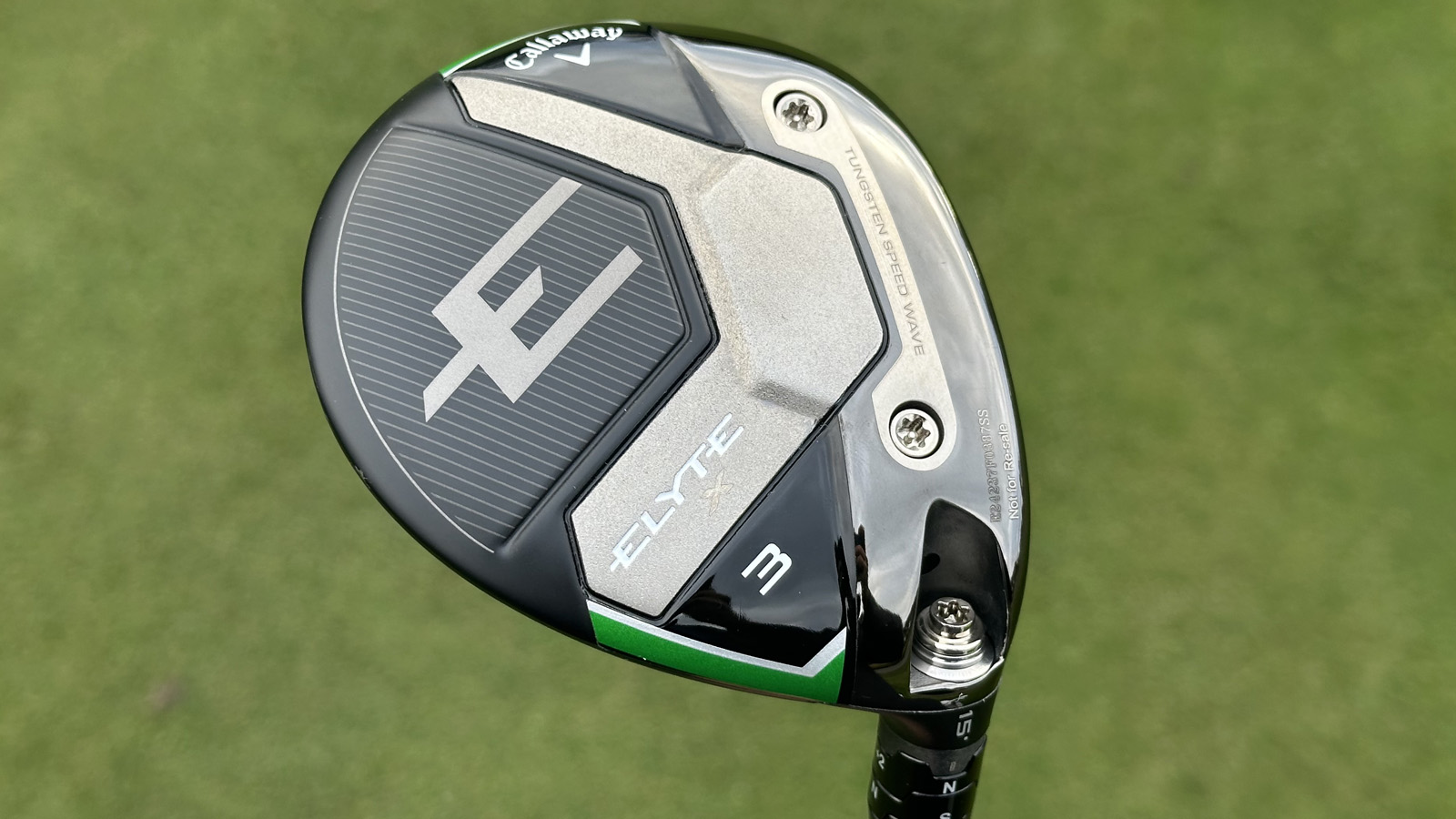
For me, the forgiveness of a fairway wood starts with the looks. The club has to look easy to hit and fill the golfer with confidence when sat behind the ball at address for any positive outcome to come from the shot. The stretched, larger profile of the Callaway Elyte X fairway wood is something I think will provide golfers with this confidence and the shallower face has been designed for those seeking a high-launching ball flight, even when playing from the fairway or first cut of rough. However, the shallower face did make flighting the ball down when playing into wind a little challenging, so this is worth bearing in mind if you often play in windy conditions.

The Elyte X is one of three new fairway wood models in the Callaway Elyte family and while the Elyte Triple Diamond model ($449) stands apart with its gloss black crown and bespoke weighting system on the sole, I love the fact the X ($349) model looks almost identical to the standard Callaway Elyte fairway wood ($349) aside from the slightly shallower face. This is a very clever and sensible decision from Callaway as despite the fact most golfers would benefit from using the X model fairway wood, a golfer's ego can be a very powerful thing and will often prevent them from using the clubs that are seen to be aimed at the higher handicap golfer.
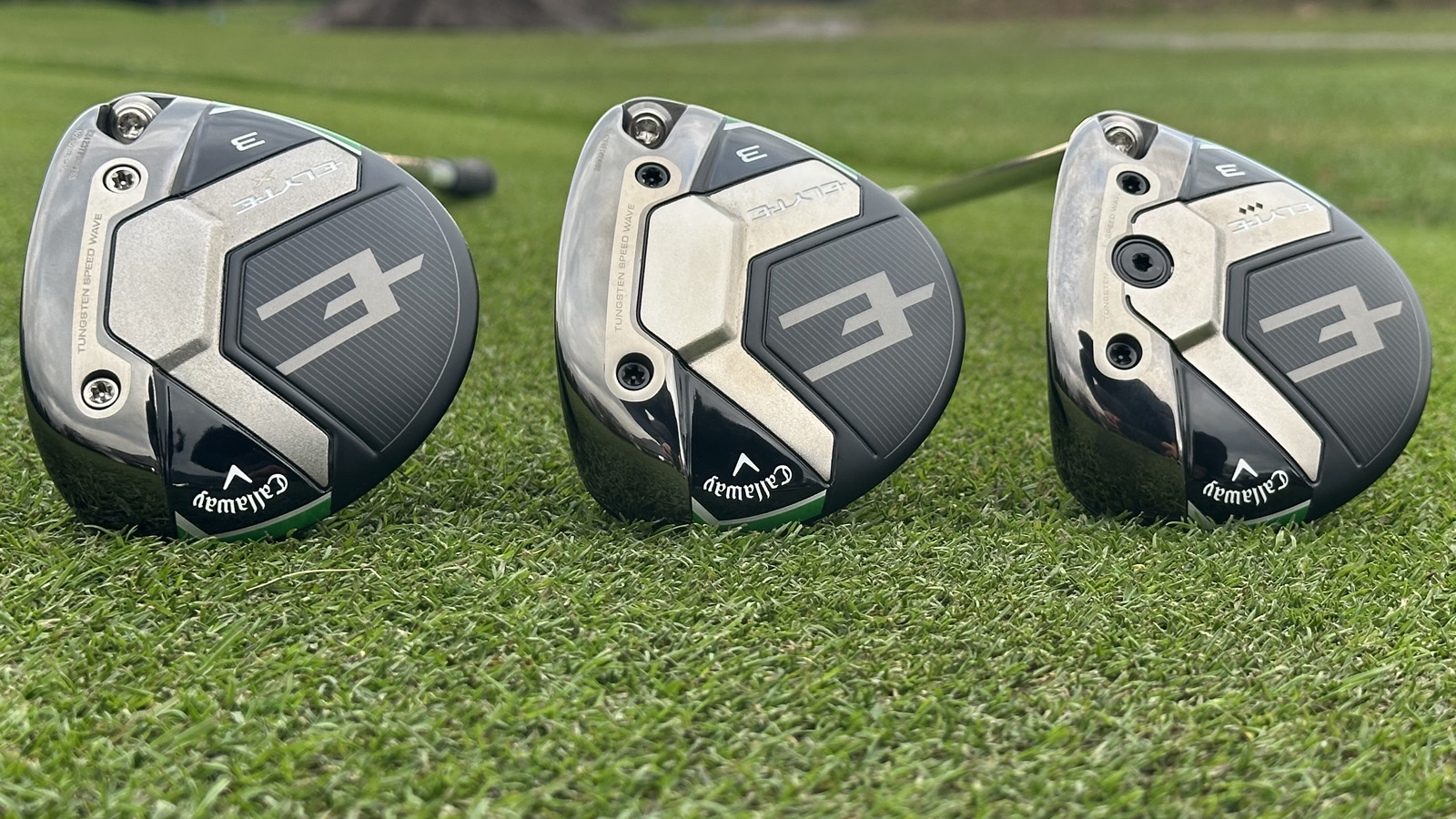
From a technology standpoint, there have been quite a few new additions to the Elyte fairway wood lineup that I think top the performance of the Ai Smoke fairway woods - some of the best fairway woods released last year. A new 34g tungsten Speed Wave has been implemented behind the face to help maximize ball speed and performance on off-center hits - most importantly shots struck low on the face. The improvements on the sole don’t stop there though. A new Step Sole design has been created to improve turf interaction, ensuring a solid and smoother feeling through the ball at impact. This is something that has been used in the design of the popular Apex UW and has now been transferred onto this new range of metalwoods.
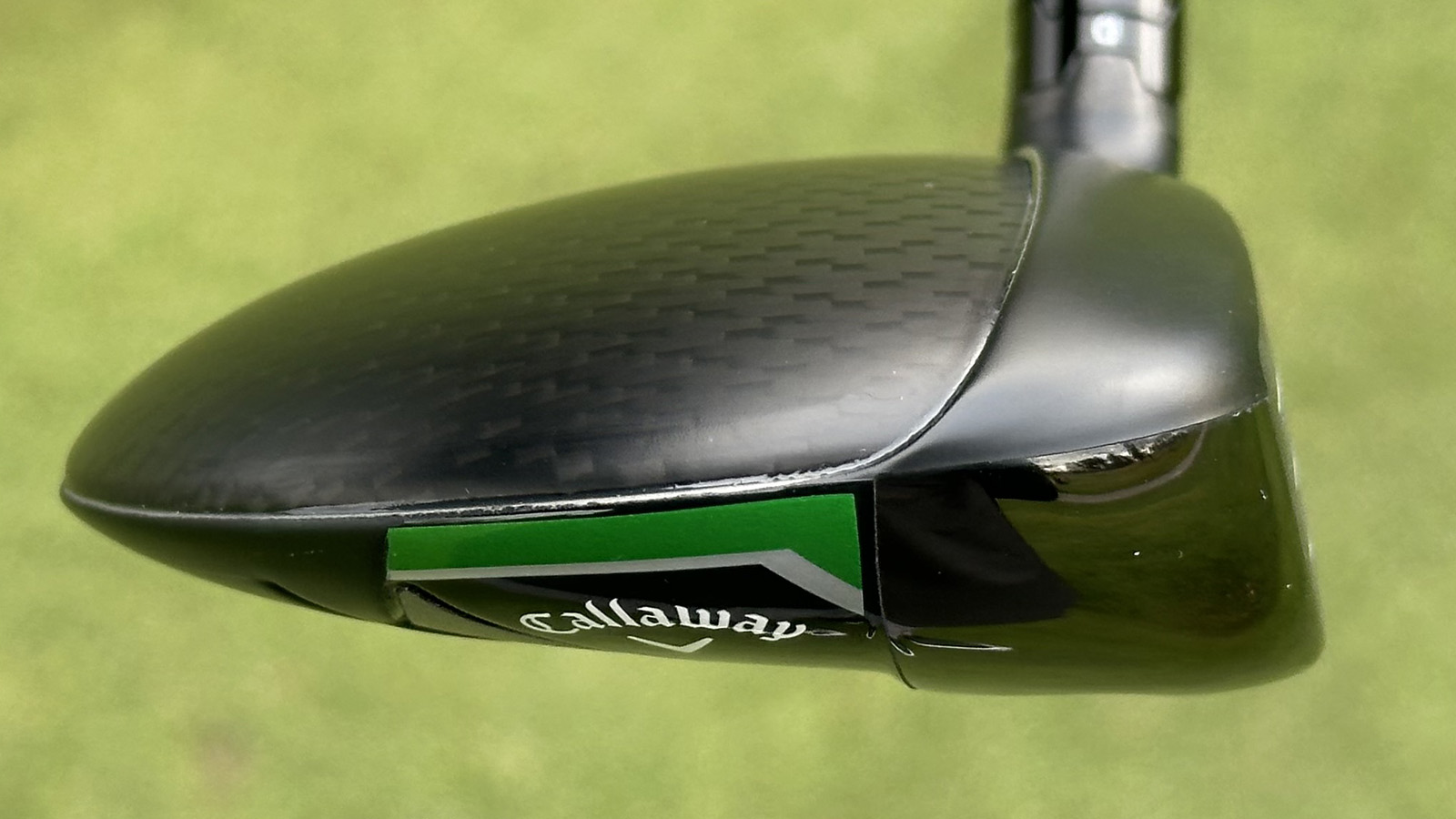
The last major change worth noting is the new Ai10x Face. Callaway claims that this new design is offering 10 times the amount of control points or sweet spots on the face compared to last years Ai smoke range. The idea behind this face is to have variable levels of thickness and numerous sweet spots to negate a loss in ball speed on off-center strikes.
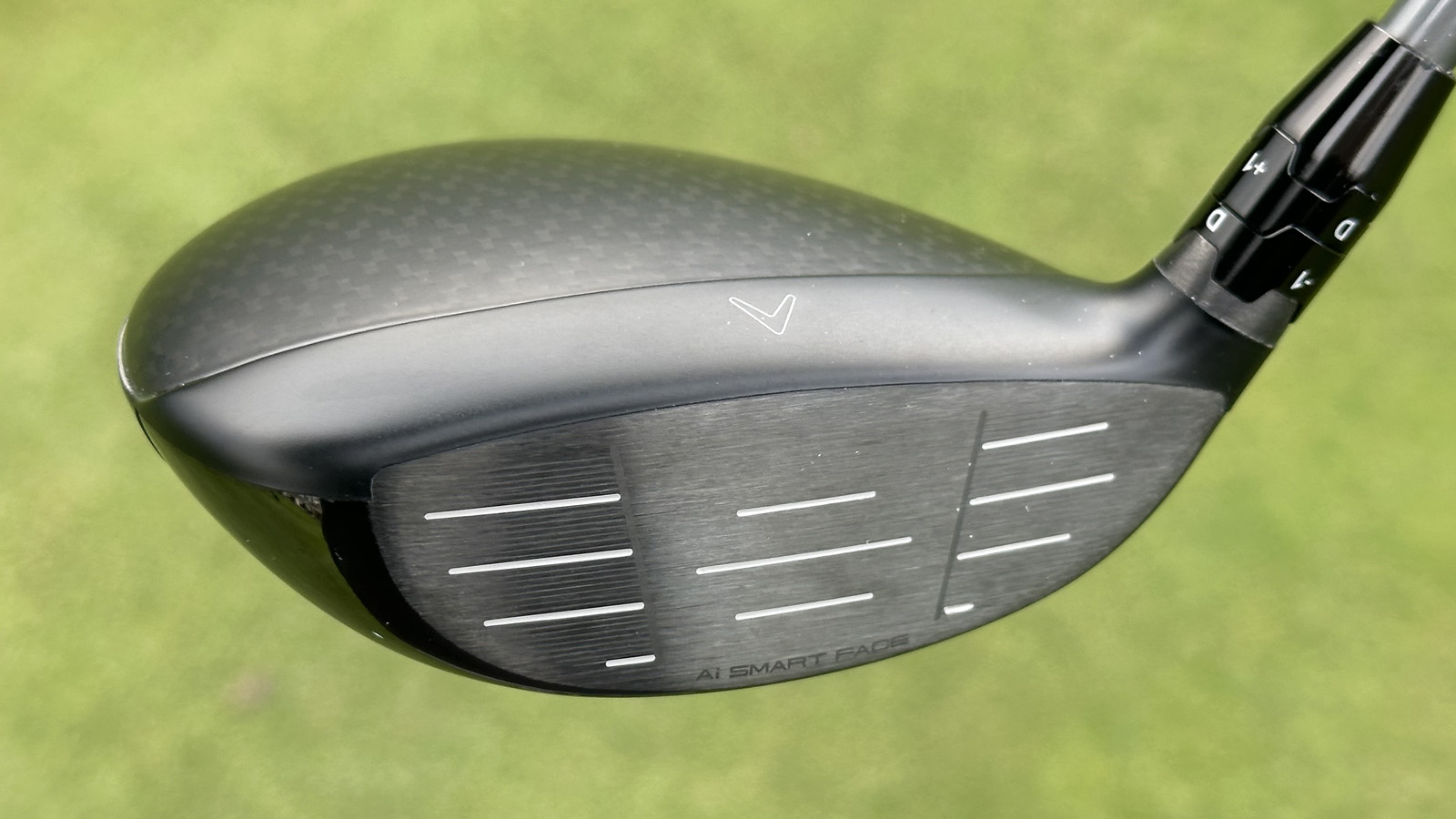
Performance wise, I found the Elyte X delivered on its brief perfectly. This fairway wood provided a truly effortless launch and a nice high, drawing ball flight, even when I felt I had struck a couple more toward the heel. Given the high launching nature of this club, I was pleased to see it didn’t overspin and cause big drop in distance. My average spin when testing this model hovered just over the 3300rpm mark, which combined with 155mph ball speed, resulted in an average carry of 252 yards.

I think the number I was most impressed with when collecting all of my data on a GCQuad launch monitor at Foresight Sports headquarters was the descent angle of this fairway wood. The 43.7° descent angle would see the ball stopping on almost any green you’re likely to face and is something seriously worth taking note of if you go for a fitting and often hit your fairway woods into longer par fours or fives.
As a +3 handicap golfer with a solid amount of speed, it would be easy to suggest that I should be put straight into the Elyte Triple Diamond fairway wood but I can honestly say I preferred both the feel and performance on offer of the Callaway Elyte X. The performance was far less volatile than the Triple Diamond and the ball felt far softer and more compressed compared to the much firmer feel of the lower spinning model.
I wouldn’t say there is much to choose between the standard Elyte and Elyte X models in regards to feel or aesthetics. The both look and feel as good as any of the best fairway woods on the market. If you’re looking to upgrade the top end of your bag and want a high launching, draw-bias fairway wood, go for the X model but if you want something a touch flatter that may give you a few extra yards and a slightly more neutral ball flight, the standard Elyte model is a great option.







